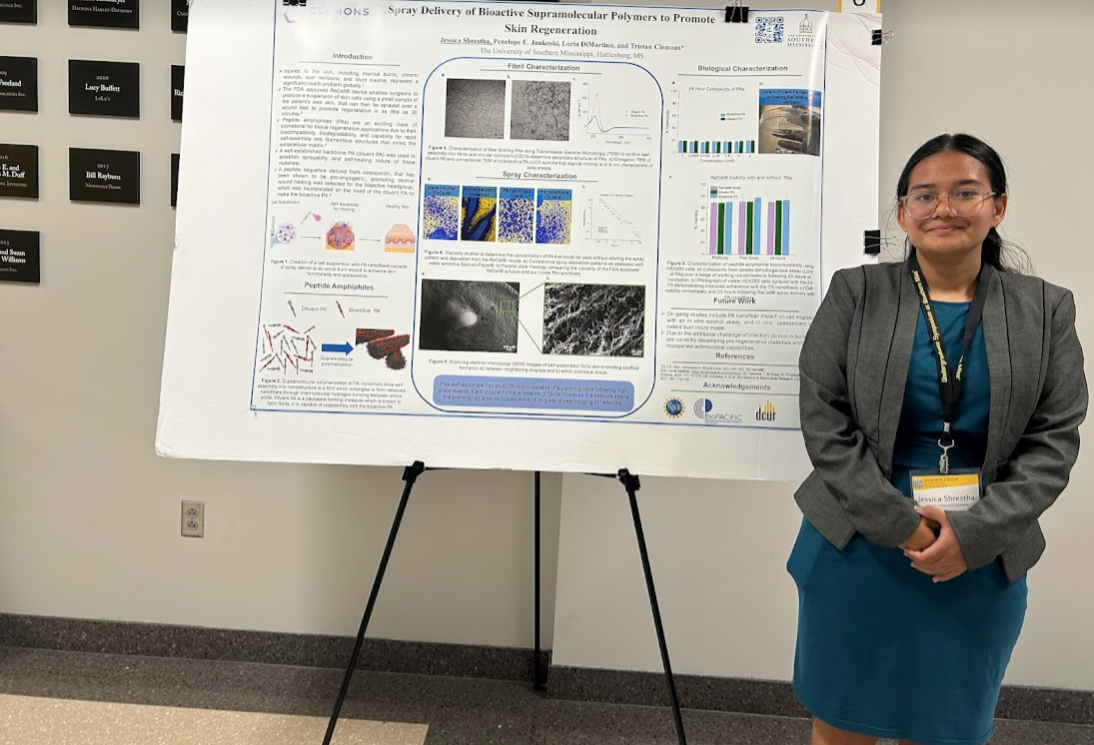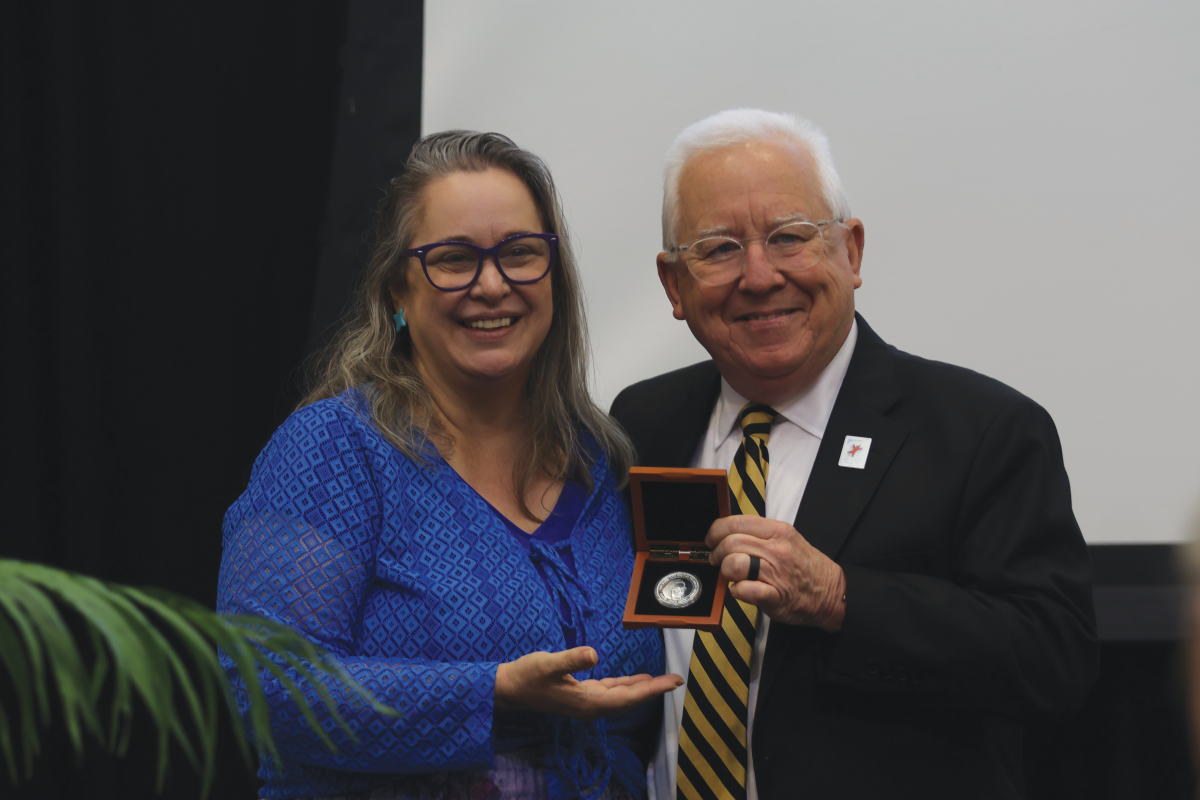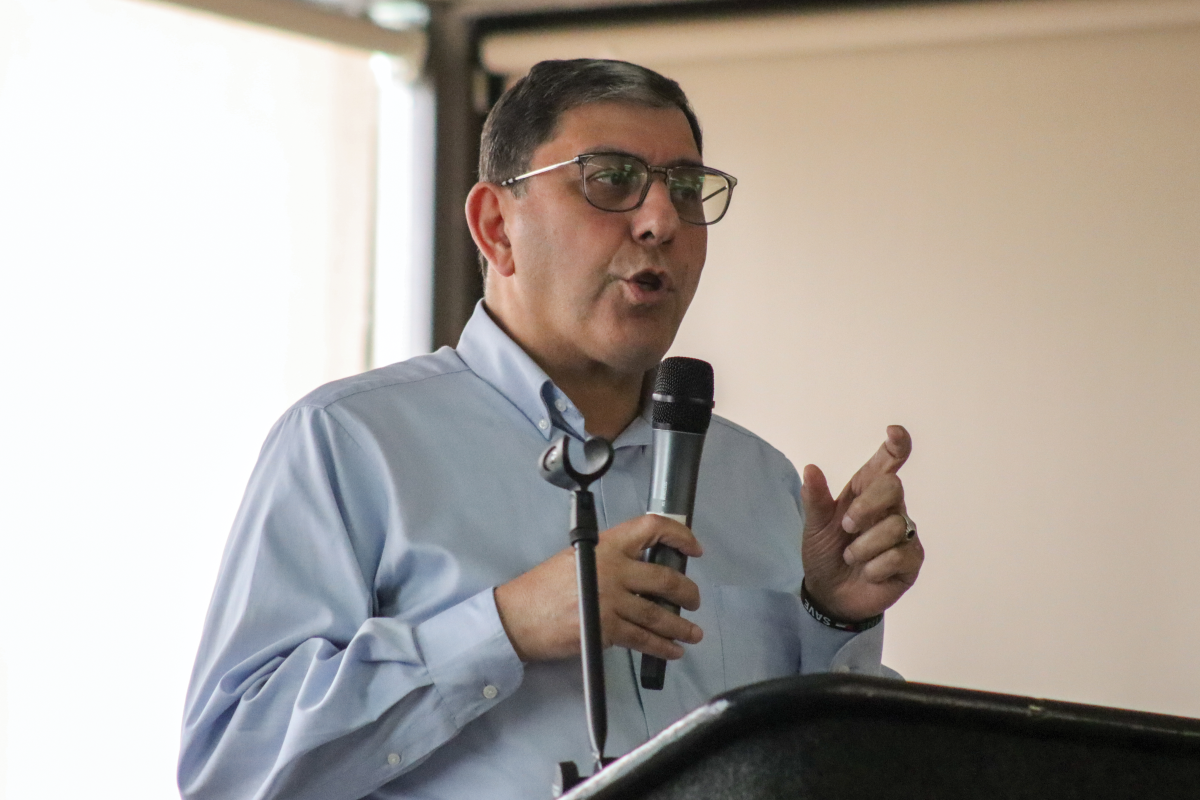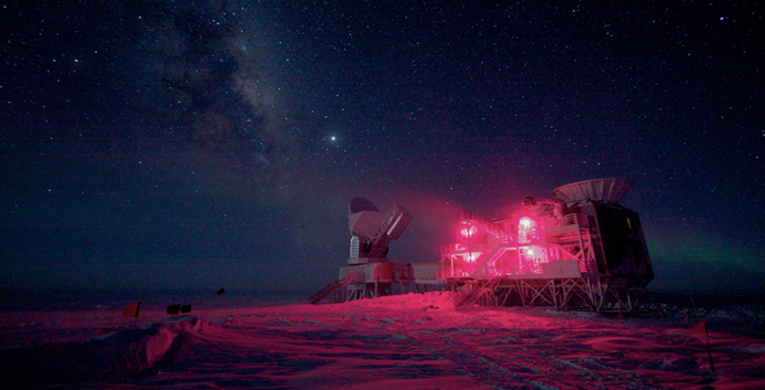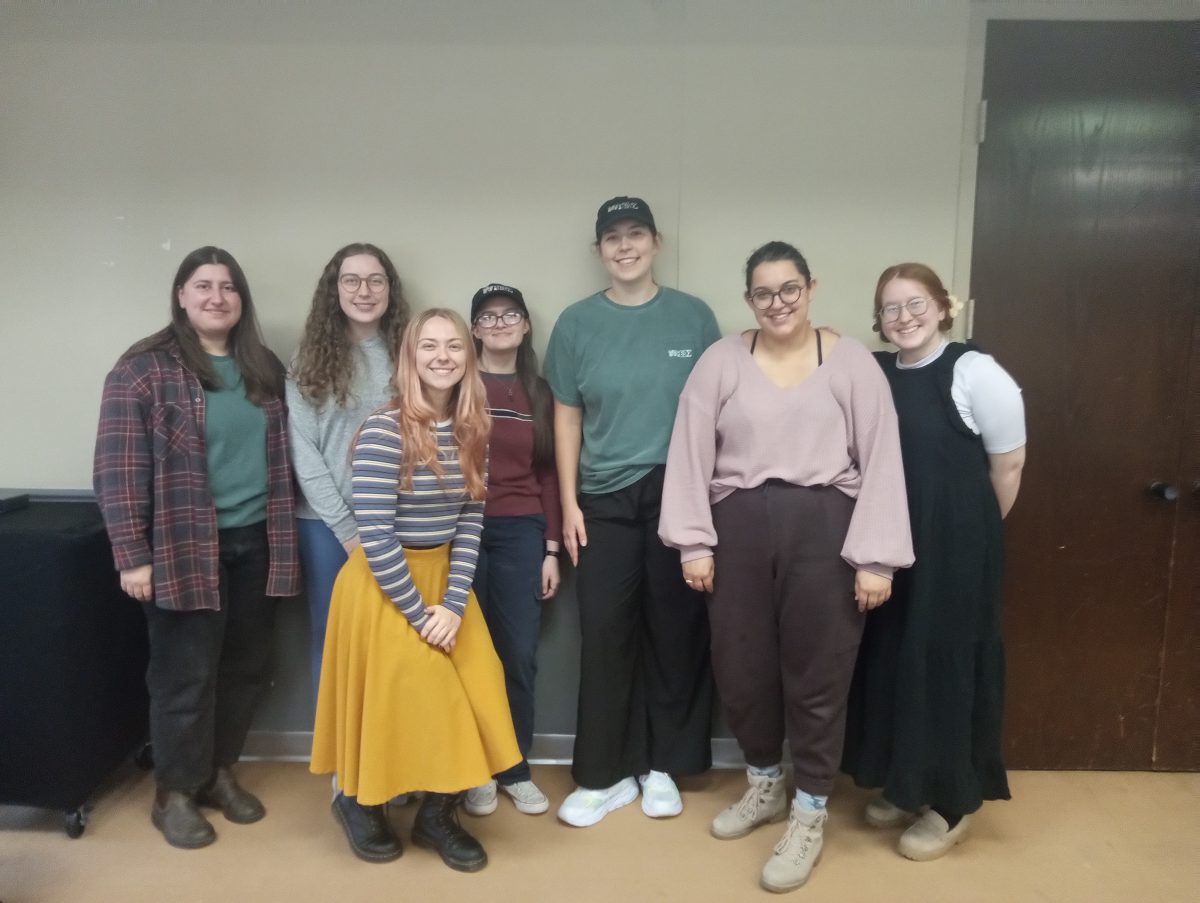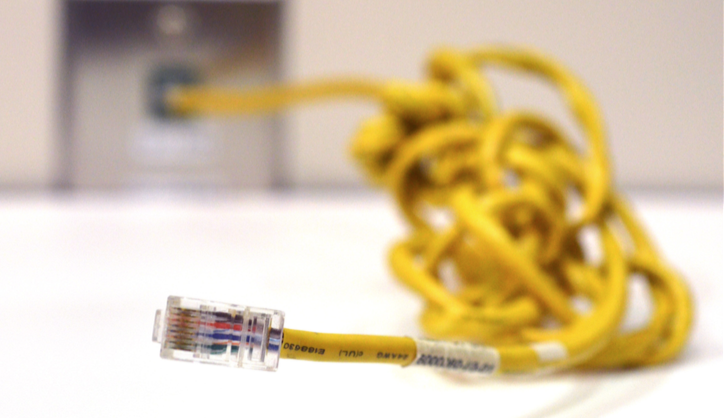
Recent scientific discoveries may affect the way we think about the universe and celestial bodies along with how we use technology in medical contexts.
The biggest news, and the one that is gathering Nobel Prize steam, is the announcement that scientists have found strong evidence to support the theory of cosmic inflation, originally proposed by Alan Guth in 1980. The evidence, polarized waves of light in the oldest light in the universe, cosmic microwave background radiation, was found by scientists using the Background Imaging of Cosmic Extragalactic Polarization 2 (BICEP2) telescope, and the results will have to be reproduced before they are correct.
According to Christopher Sirola of The University of Southern Mississippi Department of Physics and Astronomy, the theory of cosmic inflation is that during the very beginning of the universe, when it was less than one second old, it underwent an extremely rapid expansion that stretched and smoothed out space. Hypothetically, this expansion left its mark on the earliest light in the universe by polarizing it, and this is what the BICEP2 team said they have found.
Professor Christopher Winstead, also of the Southern Miss physics department, said the ramifications for the field of physics are huge.
“Just imagine having data that allows people to figure out details of what happened 10 to the negative 34 seconds into the Big Bang process,” Winstead said. “These results, if verified, will be the first experimental observation of gravitational waves, long predicted but never before observed.”
Winstead also points out that others believe this type of data will give us insight into particle physics at energies far beyond any experiment that we could ever conduct.
Sirola said while this discovery does not change daily life as we know it is a big confirmation for the current scientific model of our universe and is the type of discovery that makes life worth living due to the big questions it addresses about how the universe came to be.
On a smaller cosmic scale, science found more exciting news. According to the BBC, scientists believe they have detected the first liquid waves on the surface of another world. The reported waves were found on Titan, one of Saturn’s moons.
Scientists used mathematical models and a picture of the north pole of Titan to come to their conclusion that it was very likely that the moon had two-centimeter tall waves of liquid hydrocarbons such as methane or ethane.
Cosmic discoveries have not been the only recent scientific breakthroughs. According to CNN, scientists used 3D printing to create a splint to save the life of a toddler with a birth defect that impacted his breathing. While the FDA does not allow the use of 3D printed materials in medical use at the moment, special permission was granted due to the serious circumstances.
The article said the splint was created using a biopolymer called polycaprolactone and was sewn into the boy’s bronchi to expand his airway. The boy is currently breathing more easily and using a ventilator less, and over time his body will absorb the splint.
Another technological breakthrough was recently announced, and it sounds as if it was ripped from the pages of a science fiction novel. According to Discover magazine, researchers at The University of Michigan have used graphene, manipulated layers of graphite, to create very small infrared sensors, which could someday find their way into contact lenses or other technologies like Google’s cutting-edge Google Glass project.
With so many fascinating recent developments, it is easy to understand Winstead’s excitement.


